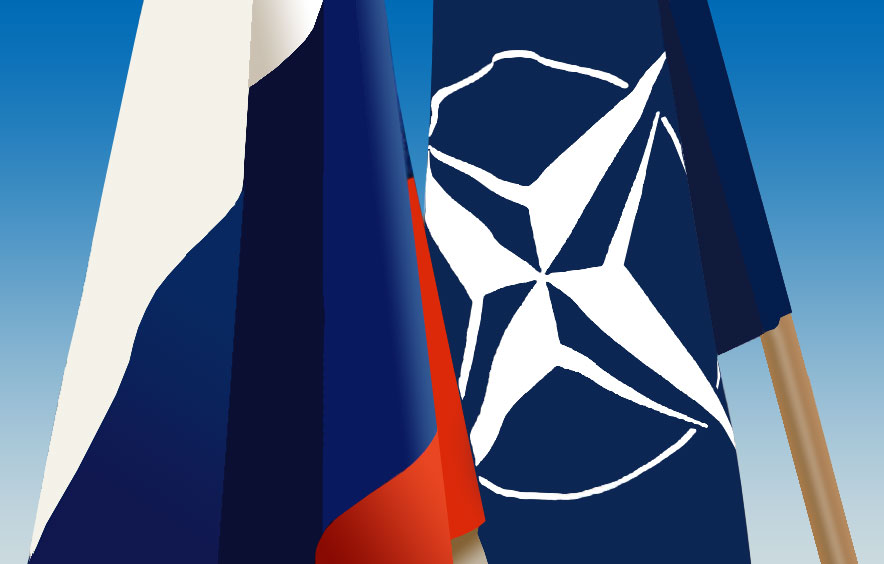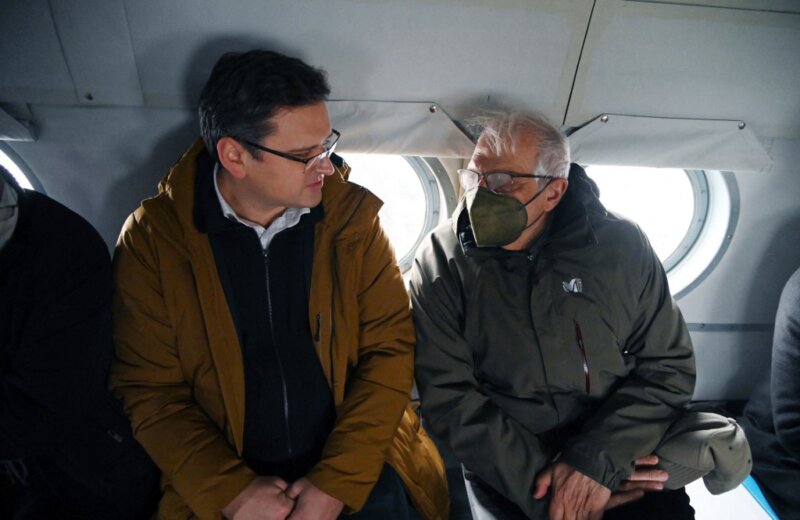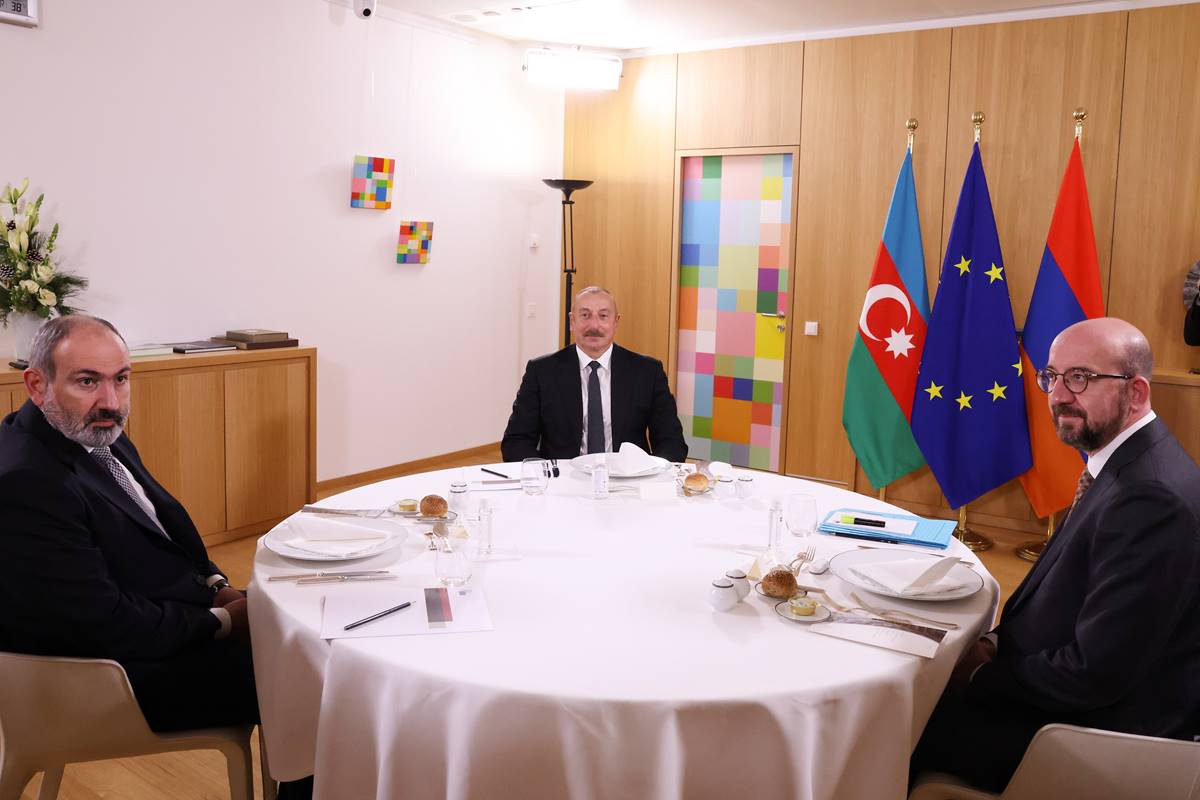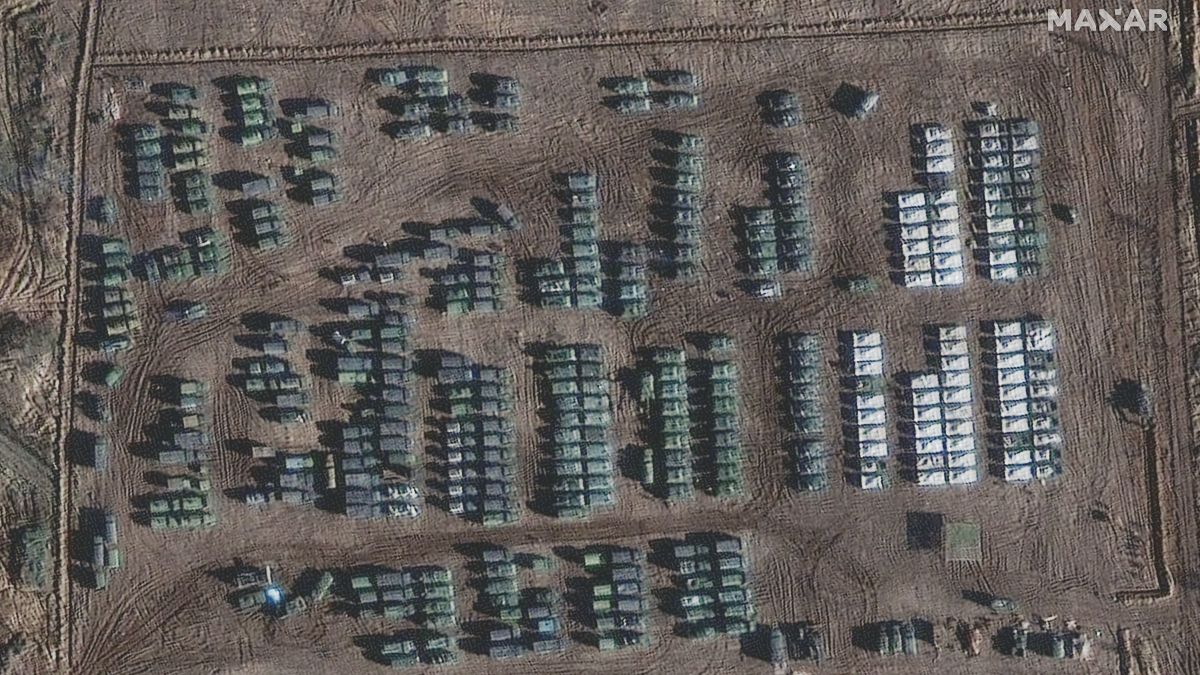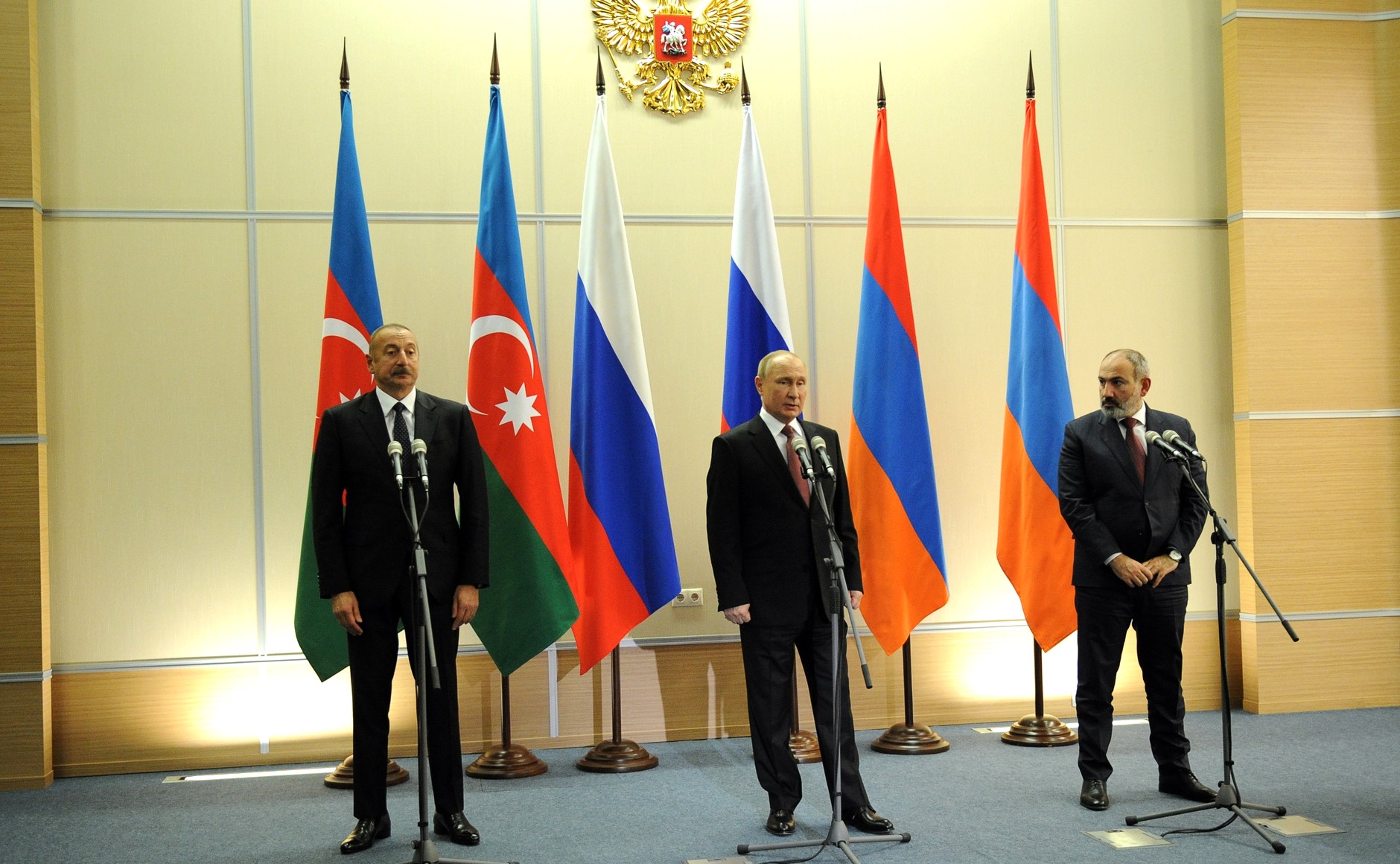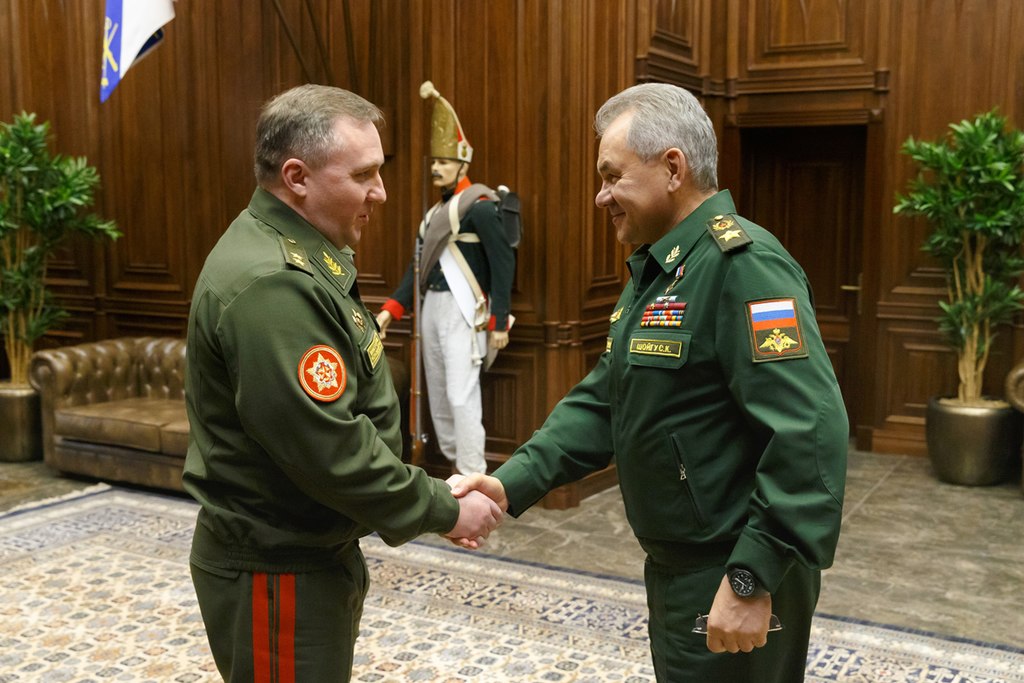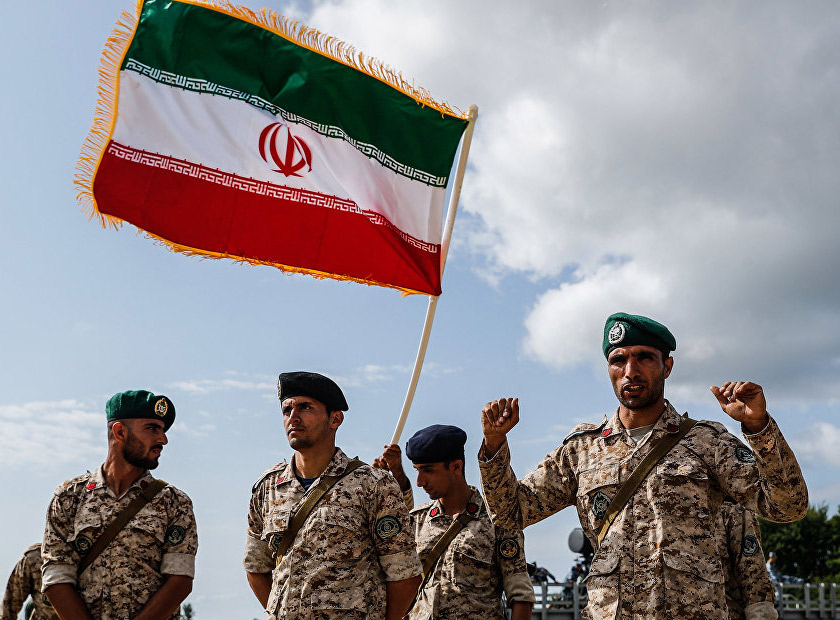Russian Aggression Against Ukraine: Why Now?
Since late October, Russia’s armed forces have been conducting movements and hardware transfers close to the border of Ukraine. At the beginning of November, the Ukrainian Ministry of Defense announced that some 90,000 Russian troops equipped with thousands of tanks and armored vehicles had been deployed 160 miles (260km) away from the country’s northern border, which increased the ‘high probability’ of military escalation. By January, Russia had reportedly amassed more than 120,000 troops and significant amounts of military equipment within striking distance from the Ukrainian border. This has triggered transatlantic society to believe that Russia has been looking for a pretext for another incursion, which could put European security as well as the future of NATO at stake. Although officials in Moscow have denied allegations about the possible invasion of Ukraine, the systematic military mobilization on the Ukrainian border in various places counters these claims. While a large-scale war may be brewing in Eastern Europe, it is unclear what is behind the Kremlin’s decision to undertake this campaign now.
The ongoing crisis in Ukraine may stem from the shifts that have taken place in Ukrainian domestic politics beginning in 2019 when a newly elected President Volodymyr Zelensky started taking a hard turn away from pursuing compromises with Moscow. Since Zelensky took office, the Ukrainian government not only continued its push toward integration in the EU and NATO, but it started to systematically counter Russian influence in the country. Since 2019, the US and NATO military cooperation with Ukraine grew substantially through arms provisions and aid packages under the framework of the Comprehensive Assistance Package for Ukraine. At the same time, Kyiv declared Ukrainian as the only official language in the country, which diminished the status of Russian. Additionally, public attitudes in Ukraine toward the West have shown an upward trend, despite Russia’s active anti-West disinformation campaigns. In 2021 IRI polls, only 20 percent of Ukrainians supported Ukraine’s membership in the Russia-led Customs Union, while around 60 percent of respondents positively assessed Ukraine’s membership in NATO and the EU.
In 2021, Zelensky launched a campaign against alleged pro-Russian individuals. As a result, pro-Kremlin Ukrainian individuals, such as opposition MP Viktor Medvedchuk were sanctioned. Kyiv also banned several media companies that were suspected of spreading ‘pro-Russian propaganda.’ The tough anti-Kremlin measures shattered the Kremlin’s hopes of ‘turning’ the country back into the Kremlin orbit. Russian President Putin penned an article – On the Historical Unity of Russians and Ukrainians – where he acknowledges his concerns about the presence of “malign, West-linked, anti-Russian forces” in Ukraine that have “exploited the image of the victim of external aggression and Russophobia.”
The Kremlin’s interest to control Ukraine always has been an important piece in its bigger interests, which was formed in the 1990s. After the end of the Cold War, the US and its allies designed a new Euro-Atlantic order in which Russia was somewhat absent. On the contrary, former Soviet republics along with former members of the Warsaw Pact in Russia’s neighborhood soon became part of this structure by gradually joining the EU and NATO. The Kremlin interpreted these developments as Western encroachment into its sphere of “special interests” aimed at undermining Russia’s sovereignty. This was combined with a wave of the so-called “color revolutions” in several former Soviet republics, which now threatened Putin’s authoritarian regime as well. Putin’s major goal soon became changing the existing European security order and restoring Russia’s control over the former-Soviet space, which would at the same time safeguard Russia from democratizing upheaval.
Moscow’s major objective has been accruing the status of great power that is superior over its neighbors’ strategic aspirations and following the logic of Realpolitik, meaning that any decision concerning Russia’s neighboring countries should be approved by the Kremlin. Nonetheless, Moscow’s attempts to maintain control over post-Soviet states has ended in failure. Russia already ‘lost’ Baltic states to the EU and NATO after the fall of the Soviet Union, while Ukraine, Moldova and Georgia started to seek membership in Western institutions. In order to reverse the process of ‘losing’ the countries from its sphere of influence, Moscow needed to coerce Ukraine and Belarus, whose membership in NATO would mean the loss of buffer zones that still “secure” Russia from the “Western encroachment.” Thus, conceding Ukraine to the West would be a grave strategic error for the Kremlin. While Moscow manages to keep Belarus in the Kremlin’s political orbit through securing its regime, its attempt to keep Ukraine close has been failing for almost a decade. Moreover, the more Kremlin tried to coerce Ukraine, the further Kyiv positioned itself from Russia. Moscow’s ambitions to shift European order has long been on the Kremlin’s agenda. Yet Kyiv’s unprecedented drift from Russia could have played a decisive role in Putin’s sudden campaign against Ukraine. By further invading the country or changing its government – the British Defense Ministry has made a statement which suggests that Moscow is “looking to install a pro-Russian leader in Kyiv” – the Kremlin will not only put back the missing pieces of the former Soviet Union together but will manage to leave European security exposed, allowing it to impose its own security order at least in its neighborhood. The timing is perfect. Western allies remain divided largely due to Germany’s reluctance to take a harsh stance against Moscow and support Kyiv. In the meantime, some EU countries remain highly dependent on Russian energy sources, which gives the Kremlin another advantage. As a leader of a declining economy whose influence is destined to diminish in the near future, Putin might have become enticed to take this opportunity and act now.
